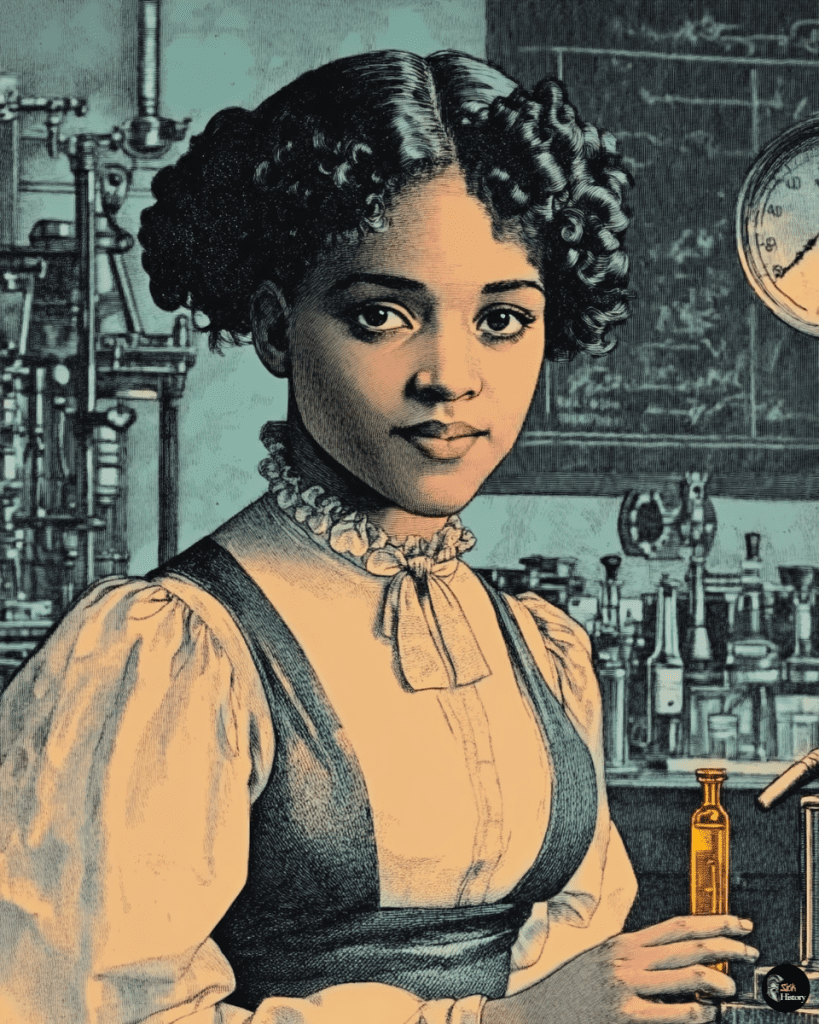Alice Ball’s groundbreaking work on leprosy treatment in the early 20th century stands as a testament to the often-overlooked contributions of women and African Americans in science. At just 23 years old, this brilliant chemist developed a revolutionary method to make chaulmoogra oil injectable, transforming the lives of countless leprosy patients.
Her innovative technique became the standard treatment for Hansen’s disease until the 1940s, offering hope to those who had long suffered without effective options.
Despite her remarkable achievements, Ball’s story remained largely untold for decades. She passed away at the young age of 24, leaving her work vulnerable to appropriation by others. It wasn’t until years later that her contributions were properly recognized, shedding light on the historical erasure of women and people of color in scientific fields.
Ball’s legacy extends beyond her scientific breakthroughs. Her story intertwines with the rich tapestry of Hawaiian history and the University of Hawaii, where she became the first woman and first African American to earn a master’s degree.
Her life inspires young innovators and reminds us of the importance of acknowledging and celebrating diverse voices in science.
Trailblazers in Science
The annals of scientific discovery are illuminated by brilliant minds who challenged conventions and pushed the boundaries of knowledge.
These innovators, often overlooked in their time, paved the way for future generations of researchers and revolutionized our understanding of the world.
Alice Ball: A Legacy Uncovered
Alice Ball’s groundbreaking work on leprosy treatment marked her as a trailblazing Black woman chemist. At just 23 years old, she developed a method to make chaulmoogra oil injectable, providing relief to countless leprosy patients.
Ball’s innovative technique, known as the “Ball Method,” became the standard treatment for leprosy in the early 20th century.
Despite her untimely death at 24, Ball’s impact on medicine was profound. Her work at the University of Hawaii laid the foundation for future advancements in Hansen’s disease research.
Women Pioneers in Chemistry
The field of chemistry has been enriched by the contributions of remarkable women who overcame significant barriers to make their mark.
Marie Curie, the first person to win two Nobel Prizes, revolutionized our understanding of radioactivity. Rosalind Franklin’s X-ray diffraction images were crucial to uncovering the structure of DNA.
These women, like Alice Ball, often faced challenges in receiving recognition for their work.
Many had to fight for education, laboratory access, and professional respect.
Their persistence and brilliance not only advanced scientific knowledge but also opened doors for future generations of women in STEM fields.
African American Innovators in Science
African American scientists have made significant contributions to various scientific fields, often in the face of systemic racism and limited opportunities.
George Washington Carver revolutionized agriculture with his research on crop rotation and development of hundreds of products from peanuts and sweet potatoes.
Percy Julian, a pioneering chemist, developed innovative methods for synthesizing medicinal compounds from plants. His work led to affordable treatments for glaucoma and arthritis.
These scientists, along with contemporaries like Alice Ball, not only advanced their fields but also served as inspirations for future generations of African American researchers.
Triumphs against Hansen’s Disease
Alice Ball’s groundbreaking work with chaulmoogra oil marked a significant turning point in the treatment of Hansen’s disease, also known as leprosy. Her innovations paved the way for more effective therapies and transformed the lives of countless patients in Hawaii and beyond.
Chaulmoogra Oil and the Fight Against Leprosy
Alice Augusta Ball, a brilliant young chemist, developed an injectable form of chaulmoogra oil in the early 20th century. This breakthrough revolutionized leprosy treatment, making it more effective and less painful for patients.
Ball’s method involved isolating the active compounds in chaulmoogra oil and creating an injectable solution.
The “Ball Method,” as it came to be known, became the standard treatment for Hansen’s disease for nearly two decades. It offered hope to thousands of patients who had previously faced isolation and stigma due to their condition.
Early 20th-Century Medical Advances
Ball’s work represented a significant leap forward in pharmaceutical chemistry. Her research at the University of Hawaii demonstrated the potential for natural remedies to be refined and improved through scientific methods.
The success of the chaulmoogra oil treatment sparked further interest in Hansen’s disease research. It encouraged scientists to explore new avenues for treating this once-feared condition, ultimately leading to the development of more advanced therapies in the following decades.
Hawaiian History and Hansen’s Disease Research
Hawaii played a crucial role in the fight against Hansen’s disease.
The islands’ history with the condition, including the establishment of the Kalaupapa leprosy settlement, made it a focal point for research and treatment.
Ball’s work at the University of Hawaii highlighted the institution’s importance in medical research.
Her achievements, though initially overlooked, have become a point of pride in Hawaiian scientific history.
The Ball Method remained the most effective treatment for leprosy until the introduction of sulfone drugs in the late 1940s, cementing Hawaii’s place in the annals of medical breakthroughs.

